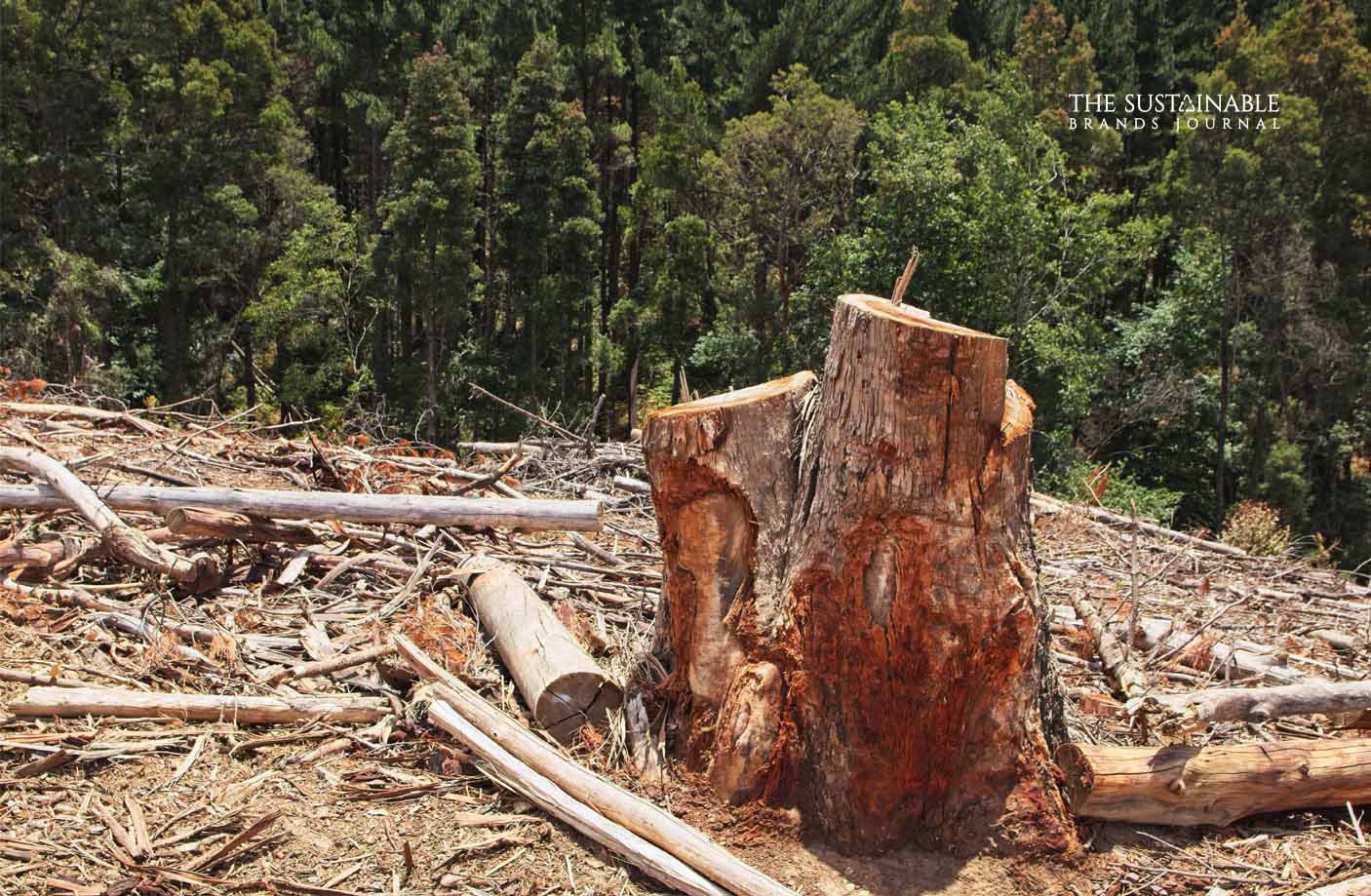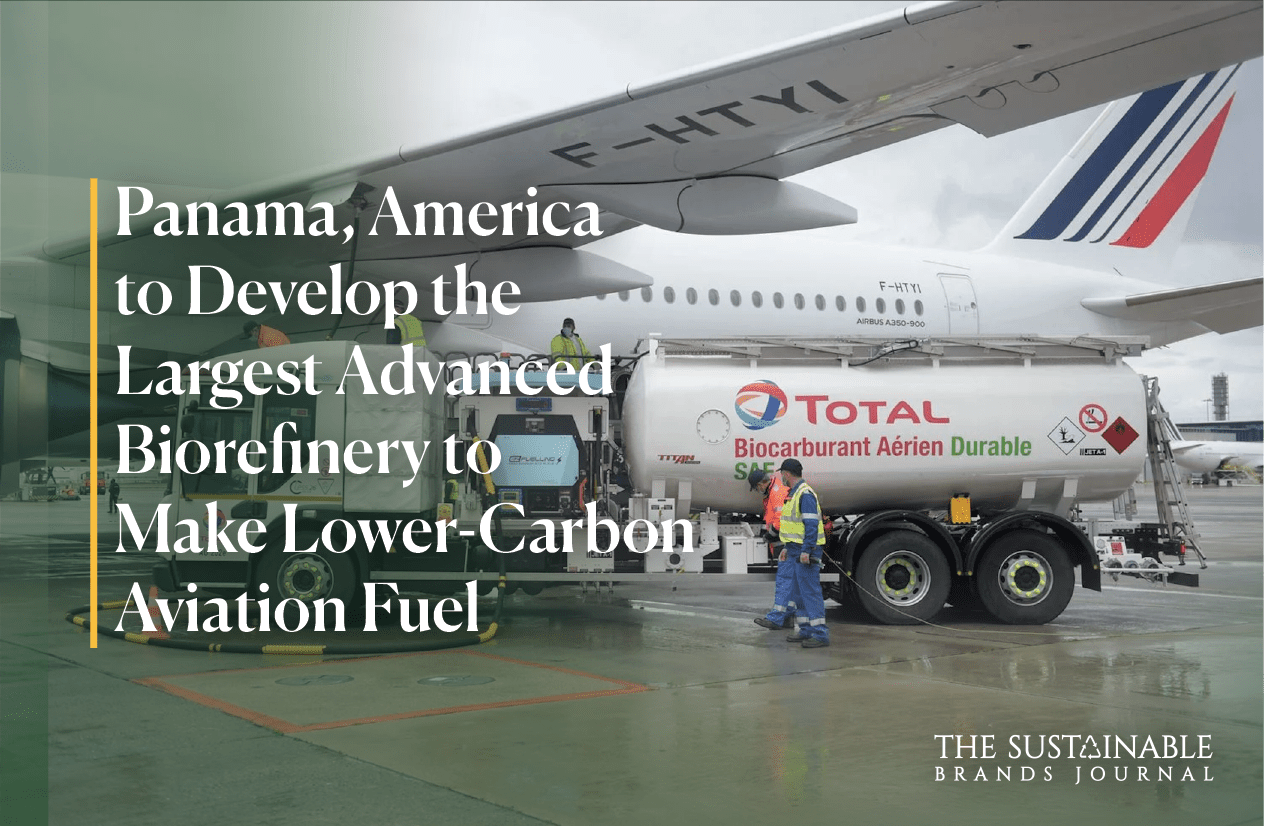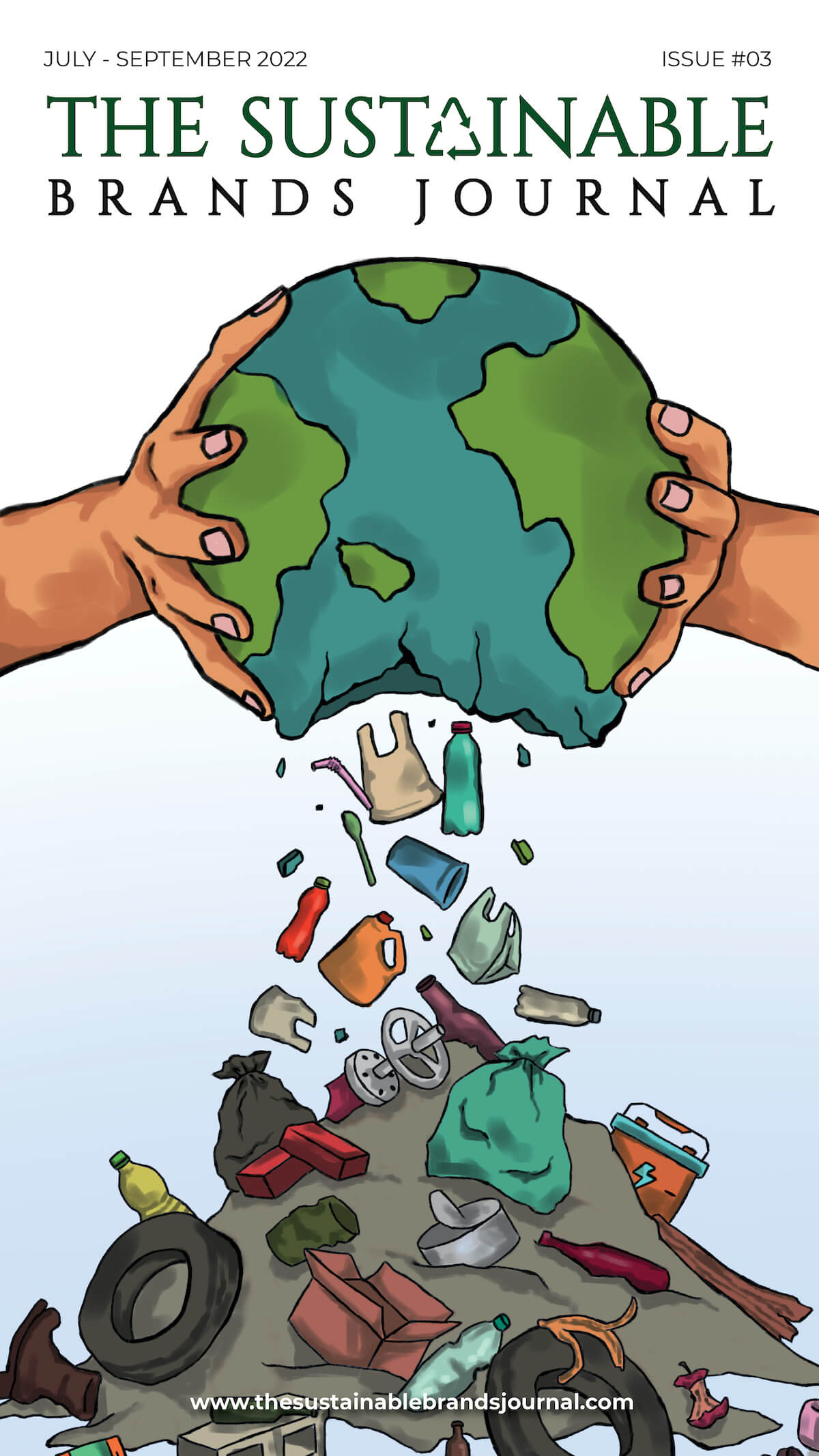
Europe raises green energy climate hurdles with red tape revamp
This week, EU countries approved major changes to the region’s carbon trading scheme as well as its emissions laws. These changes will make industrial pollution more expensive while also generating billions in funds that can be used to speed up Europe’s energy transition.
The recent spate of legislation, which includes levies on imported carbon-heavy goods such as metals and fertilizers, and the extension of emissions caps to the transport sector, represents an important strengthening in Europe’s emission management tools.
After two years of intense debate and compromise, the policy changes have been welcomed by legislators as a major step forward that will allow Europe to achieve its emission reduction goals and enable key industries to successfully move away from fossil fuel usage.
The new laws and standards may also put additional strain on businesses in Europe that are still recovering from the energy shock of 2022 caused by Russia’s invasion. This could lead to further deterioration between EU member states, particularly Poland and Hungary, which voted against carbon market reforms.
EMISSIONS TRADER TWEAKS
The European Union Emissions Trading Scheme (EU ETS), the main instrument for managing emissions in the region, provides financial incentives to reduce pollution and penalises high emitters.
Key changes that were agreed this week included a steeper drop in total EU emissions planned by 2030 and the phase-out of free permits which had been given to certain heavy polluters including aviation.
The ETS will also now include shipping firms for the first. They will have to reduce their emissions or pay new penalties over the next few years.
The new scheme will cover emissions from Europe’s road transport system, buildings and smaller industries. It will be implemented in 2027 or 2028 depending on the regional fuel and power costs.
WIDE REACH
The new legislation will affect virtually all sectors of the European economy, given the scope of the ETS systems.
Manufacturers, for example, have begun a rapid push to decarbonise and will benefit from the increasing volumes of renewable energy flowing through Europe’s grids by 2030.
The cost of complying with the new standards is likely to be manageable for companies and industries who are mostly powered by off-grid sources.
The impending emission caps will not be as painful for many households and offices across Western Europe, thanks to the large subsidies provided by the European Union.
Other important European industries will find it more difficult to meet the new emission caps and keep costs down, such as chemical producers, smelting, refining, glass, ceramics and paper makers.
These sectors are often difficult to connect to the grid because of their high energy needs. They can also be difficult to reduce emissions without costly facility upgrades, which may affect their ability to compete internationally.
In the same way, businesses, homes and offices that use fossil fuel boilers, or are in countries where grids are primarily powered by coal and gas, will have difficulty meeting these new standards.
The ETS and other funding sources will provide some financial assistance for the overhaul of power systems and upgrades to facilities.
Even the vast bureaucracy of Europe will find it difficult to ensure that such assistance is paid quickly, fairly, and in a transparent manner.
In addition to language differences and different power systems, the payouts must also take into account changes in the subsidy levels of products and devices deployed in various countries to reduce energy consumption or cap emissions.
Cross-border crackdowns
A key part of the new European legislation is the Carbon Border Adjustment (CBAM) which introduces a new tax on imported products from outside the EU that are used by industries with high carbon emissions.
It is intended to stop companies from moving the most polluting elements of their supply chains to areas outside the EU ETS area and to ensure that they cannot simply outsource the dirtiest portions of the production phase to another country.
This new mechanism, however, runs the risk that it will erode the cost-competitiveness of sectors which are hard to decarbonize, such as the steel and chemical producers.
These industries are major employers in Europe and have long and labor-intensive supply chain that could be put at risk if their main production hubs cannot be sustained economically in the region.
The European legislators are well aware of the risks and have been trying to find solutions during the long debate that preceded last week’s policy approvals.
As Poland and Hungary voted against the measure, and Belgium and Bulgaria abstained, it is clear that the new measures do not enjoy universal support due to their higher costs and stricter emission thresholds.
It is important that Europe’s legislators ensure that key industries can overcome many of these hurdles without compromising the competitiveness of their entire region.

Prachi, an accomplished Chief-Editor at The Sustainable Brands Journal, has 15+ years of experience in Europe, the Middle East, and India, managing 90+ global sustainable brands. She’s a prolific writer in sustainability, contributing to various publications. Prachi’s unwavering passion and expertise make her a recognized authority, driving positive change and inspiring a sustainable future.





